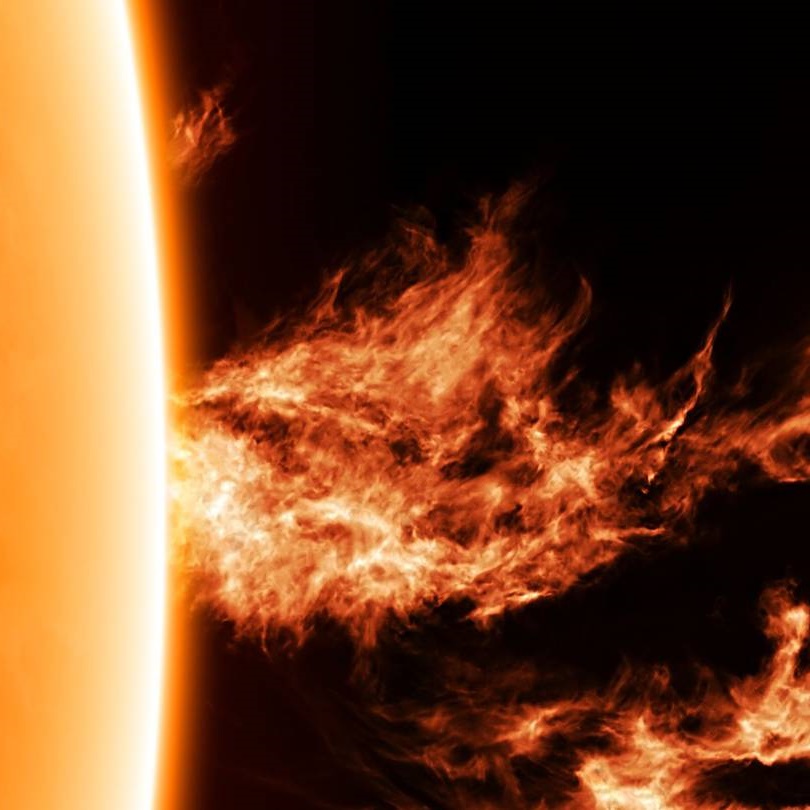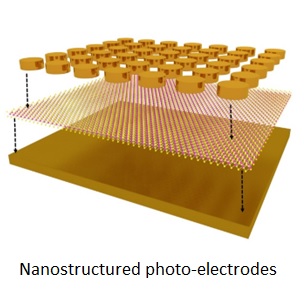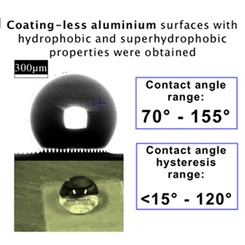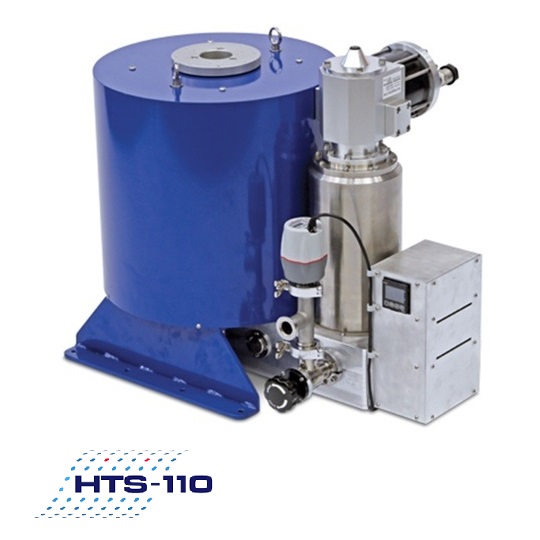Physics
Solar Tsunamis
The Solar Tsunamis research programme seeks to understand how New Zealand’s energy infrastructure will be impacted by an extreme space weather event and what can be done to mitigate the effects. It is being led by Prof. Craig Rodger at the Physics Dept of the University of Otago.
arnold.co.nz assisted with the development of the programme proposal and have been contracted to assist in achieving the key outcomes, particularly the ongoing infrastructure required to monitor space weather events and to help manage the risks.
Atomic and Optical Physics
The Physics Dept of the University of Otago also has a number of groups active in Atomic and Optical Physics that arnold.co.nz is working with. This includes two smaller research programmes: recently completed Highly efficient solar-to-hydrogen energy conversion based on innovative nanophotonic platform (Prof. Richard Blaikie) and in progress Space-ready radiometers for climate monitoring: using light to detect thermal radiation (Assoc. Prof Harald Schwefel).
We also have ongoing work on quantum memories for quantum communications (Assoc. Prof. Jevon Longdell) and advanced photo-lithography (Dr Sam Lowrey). With the latter there is the prospect of developing instruments capable of producing low cost meta surfaces with periodicities down to 100nm, simplifying their development and production..
Superhydrophobic surfaces and micro compressors
Dr Lowrey is also working on developing superhydrophobic coating-free surfaces with applications from wind turbines to heat exchanges, and on applications of micro compressors in dehumidifiers. We are again assisting with these developments.
High Temperature Superconductors
In 1998 scientists at the then Department of Scientific and Industrial Research in New Zealand discovered the first High Temperature Superconductor able to be turned into a long length conductor. Products based upon them started to emerge a decade later and New Zealand was active in the then small global industry.
For around 15 years arnold.co.nz worked with the developing industry producing two roadmaps for it, being involved in the establishment of HTS-110, and the commercialisation of a novel cryocooler particularly designed for HTS applications, and HTS Roebel cable technologies. For a period Simon Arnold was CE of the NZ High Temperature Superconductor Industry Association.
The research on high temperature superconductors continues today through Robinson Research at Victoria University of Wellington, and will no doubt expand if the recently described LK-99 proves to be a viable room temperature superconductor..




